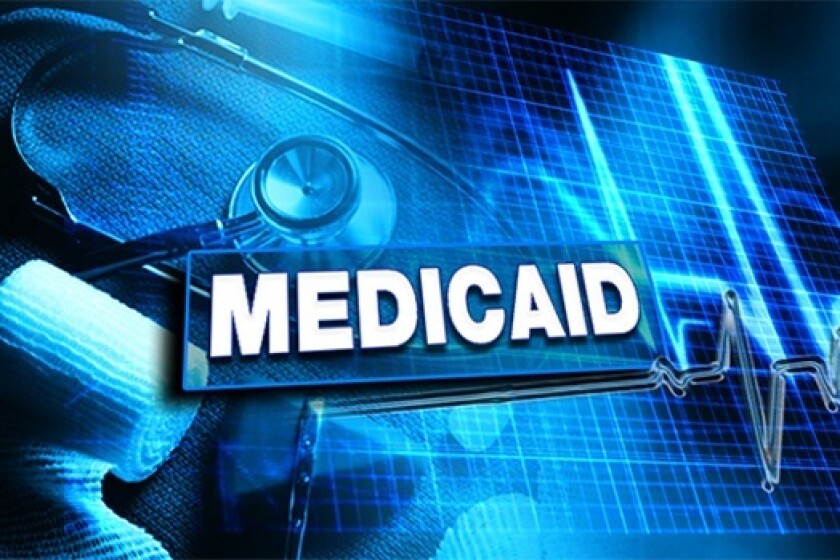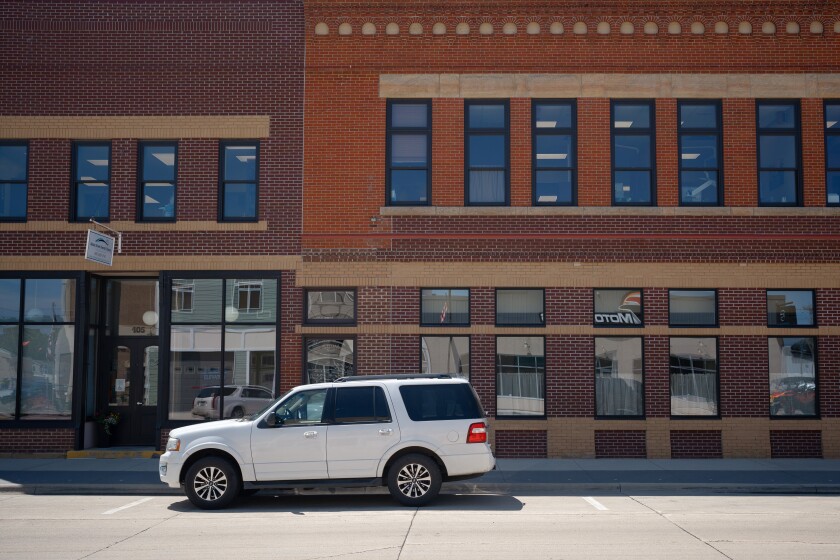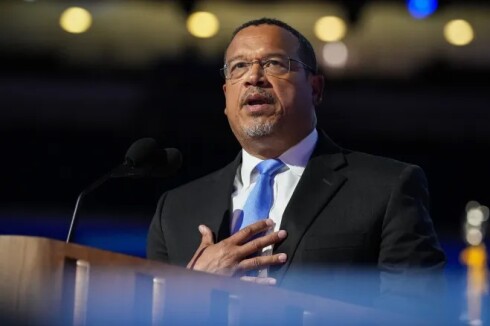ROCHESTER — A new report out of Georgetown University details Medicaid's role in rural communities and their health systems — and how proposed funding cuts at the national level could impact Minnesotans.
"(Medicaid) is absolutely essential to providing access to health care services in Greater Minnesota and in most parts of the Dakotas," said Katy Kozhimannil, co-director of the University of Minnesota's Rural Health Research Center and Rural Health Program. "Medicaid is an absolutely essential source of revenue for those hospitals to keep operating."
ADVERTISEMENT
Medicaid — the state-federal program known as Medical Assistance in Minnesota — supplies health insurance coverage to low-income Americans. Another program, the Children's Health Insurance Program, provides health coverage for children and, in some states, pregnant women who do not meet the financial requirements for Medicaid. Almost 80 million people in the U.S. receive health coverage through Medicaid/CHIP.
"Medicaid is the backbone of many aspects of our health care system, including paying for the majority of nursing home residents," said Joan Alker, lead author of the report from Georgetown University's Center for Children and Families. She is also the center's executive director. "Covering 40% to 50% of children at birth, nationwide ... covering people with disabilities and many other low-income people."
In Minnesota, 18% of the state's population, more than 1 million people, is covered by Medicaid/Medical Assistance or CHIP. Rural Minnesota counties have a larger percentage of Medicaid enrollees (21.5%) than metro counties (18.1%), per the report.
The report comes as U.S. House Republicans consider cutting more than $5 trillion (over 10 years) in spending on health, environment and social safety net policies. The greatest bulk of those proposed cuts — an estimated $2.3 trillion — would come from Medicaid.
"That equates to almost one-third of federal Medicaid spending," Alker said.
In 2022, Medicaid spending in Minnesota totaled $16.3 billion, according to the Kaiser Family Foundation. The federal government takes on 50.8% of the state's Medicaid costs, said Anne Dwyer, associate research professor with the Center for Children and Families.
"So for about every dollar that is spent on medical care in Medicaid in Minnesota, the federal government is picking up over half," said Dwyer, who noted that federal funds cover 90% of the cost for people covered under expanded Medicaid.
ADVERTISEMENT
Because federal dollars make up a big chunk of how Medicaid is paid for, Dwyer said large cuts would dramatically impact state Medicaid programs, including Minnesota's.
"States will have no choice but to dramatically raise taxes, cut other parts of their states' budgets including K-12 education and/or institute large and harmful cuts to their Medicaid programs such as cuts to benefits, eligibility and payment rates for providers and plans," Dwyer said.
Because rural areas have a higher percentage of Medicaid enrollees, the report authors say any reduction in funding will have harsher impacts on rural communities.
"Rural communities are at grave risk if substantial federal cuts are enacted," Alker said.
While Medicaid and Medicare reimbursement for services is often lower than what private health insurers pay, Kozhimannil said Medicaid is an important source of revenue for rural hospitals.
With Medicaid, "folks are often able to access services without out-of-pocket payment or copayments, which can incentivize preventive care services and coming in for the visits," Kozhimannil said. "That helps the hospitals from a financial perspective, that folks are actually coming in for their visits ... as opposed to going without care and winding up in an emergency department."













